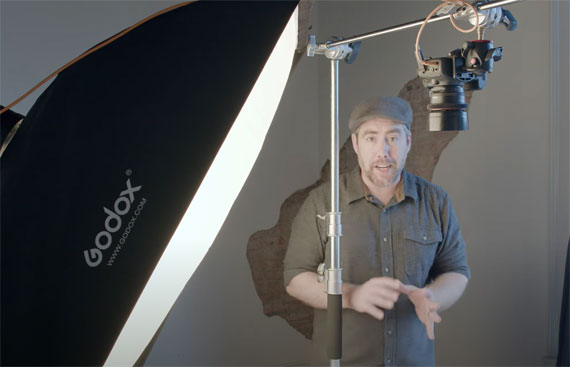Food photography is a popular genre of photography that has been growing in popularity over the past few years. With the rise of social media and food bloggers, there is a need for high-quality food photography. In this youtube video, photographer Skyler Burt discusses the seven common mistakes that newbies make in food photography and provides tips on how to avoid them:
The first mistake is not having enough light or having multiple light sources. This is a common mistake that can be easily fixed by having a single light source or adjusting the exposure in the camera. If you are using natural light, it is important to use unobstructed sunlight or direct sunlight that strikes your table to get the brightness and contrast needed in the highlights and shadows.
The second mistake is having horribly flat light. This happens when there is too much fill light, which wipes out the shadows and creates a boring, low-contrast image. Light direction is important to the story of the image and adds realism to your images.
The third mistake is not having a single subject. It is important to have a hero dish that stands out above everything else in the image. This can be achieved by having a well-composed image that highlights the subject.
The fourth mistake is using crazy props. Props should match your story or at least not take attention away from your food. For commercial food photography, the concept is important and props should match that concept. For editorial type shots, muted colors and matte props are preferred over glossy and bright props.
The fifth mistake is having food falling off the table. To avoid this, it is important to use a level to ensure that the camera is level and not tilted, and to avoid hand-holding the camera above the table.
The sixth mistake is creating a boring composition. There are many ways to make your compositions more interesting, such as using lines, layers, balance, shape, and color. The point of it all is to keep the viewer looking at your image longer and to avoid them looking away.
The seventh and final mistake is having food that has died on the table. To avoid this, it is important to pre-plan your shoots, create shot lists, draw out your compositions, and stage the entire scene before the food comes out. This will allow you to take the best pictures possible and make micro adjustments to the composition to ensure that everything is the best it can be.
In conclusion, food photography is a fun and creative genre that requires some planning, preparation, and attention to detail to produce high-quality images. By avoiding these seven common mistakes and following the tips provided by Skyler Burt, you can improve your food photography skills and take your images to the next level.
Like This Article?
Don't Miss The Next One!
Join over 100,000 photographers of all experience levels who receive our free photography tips and articles to stay current:






